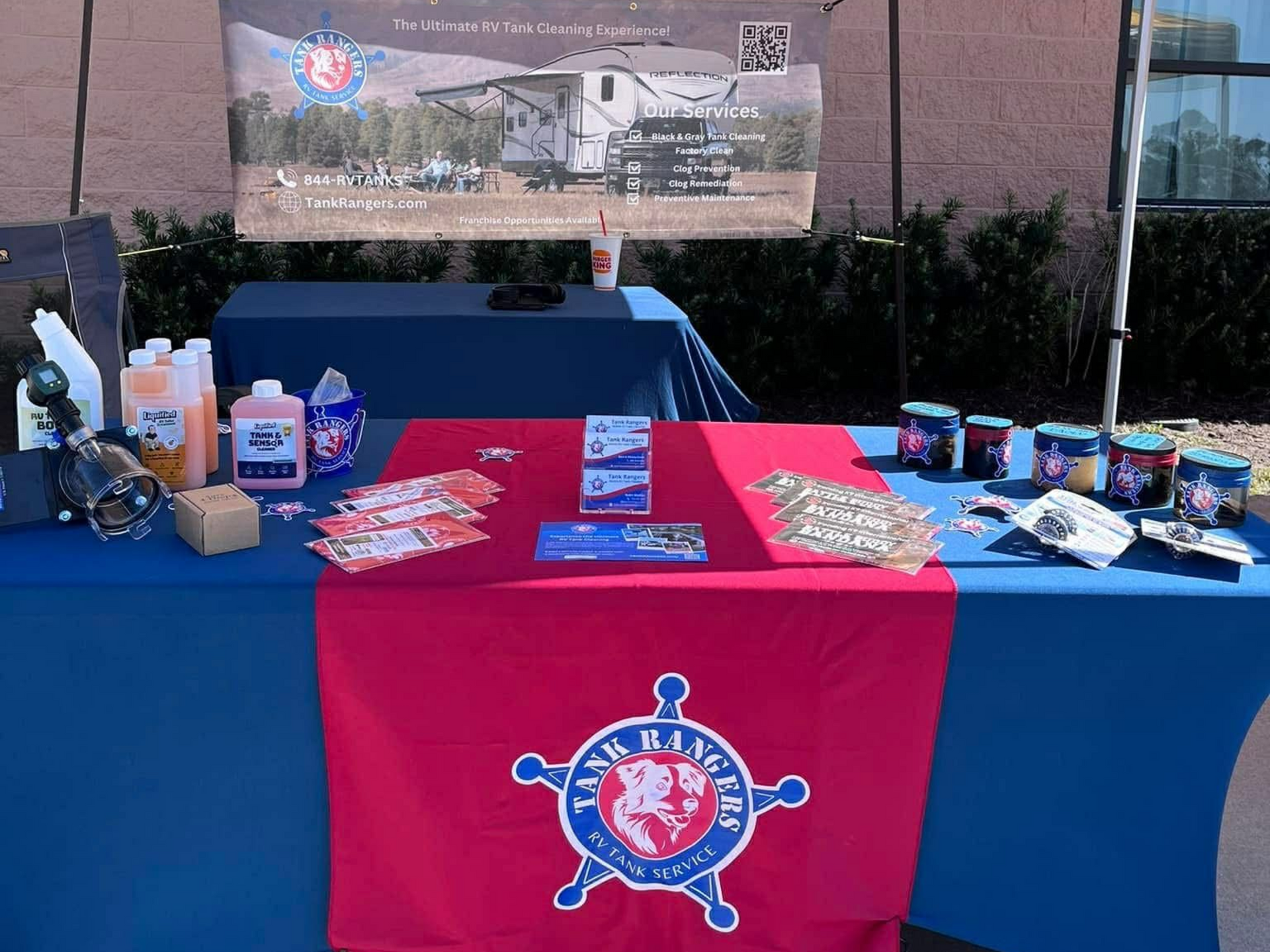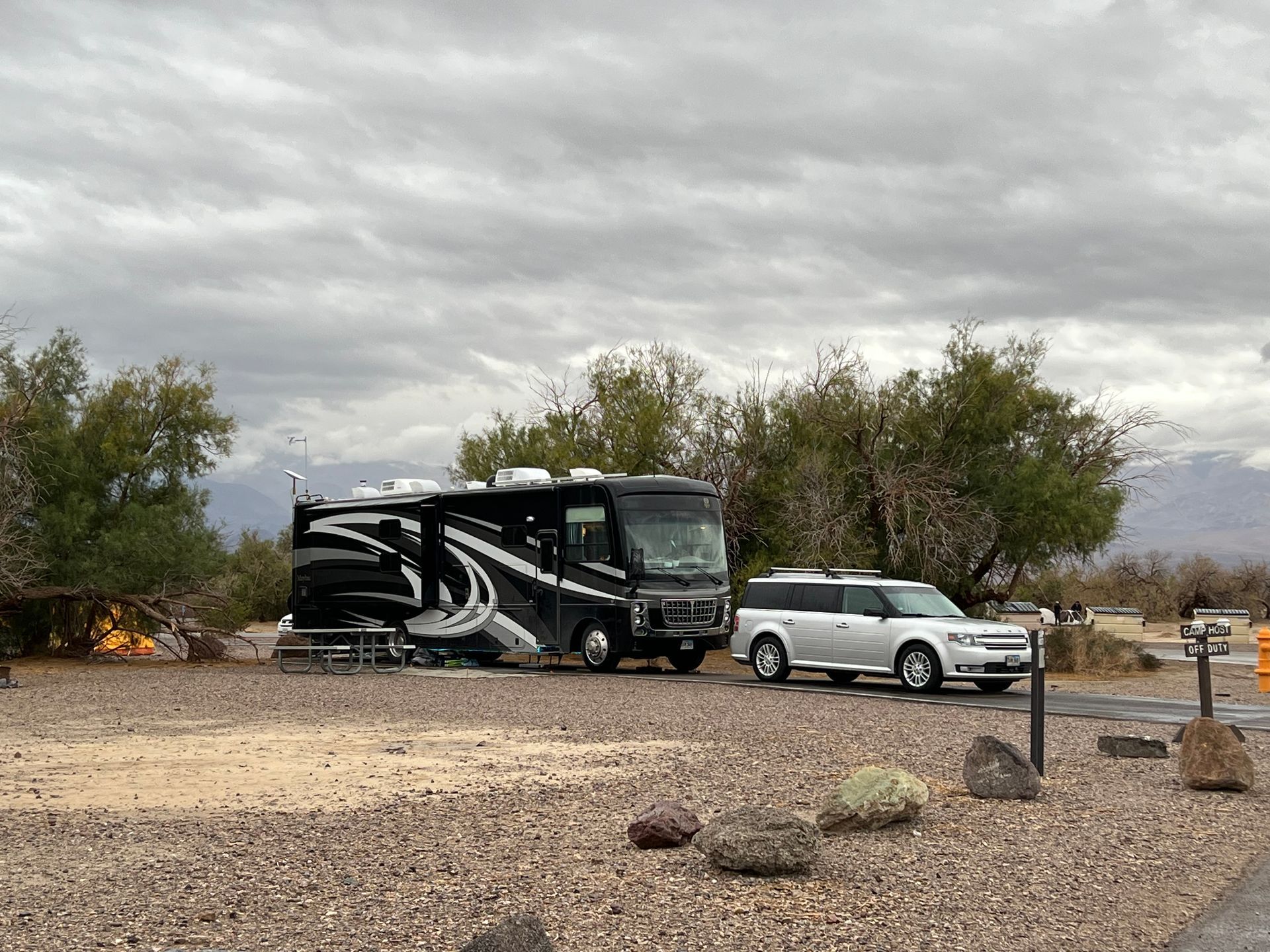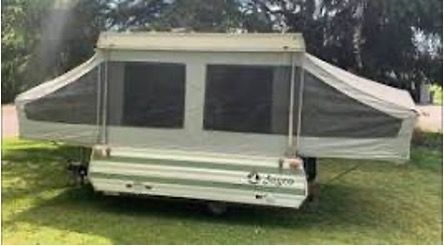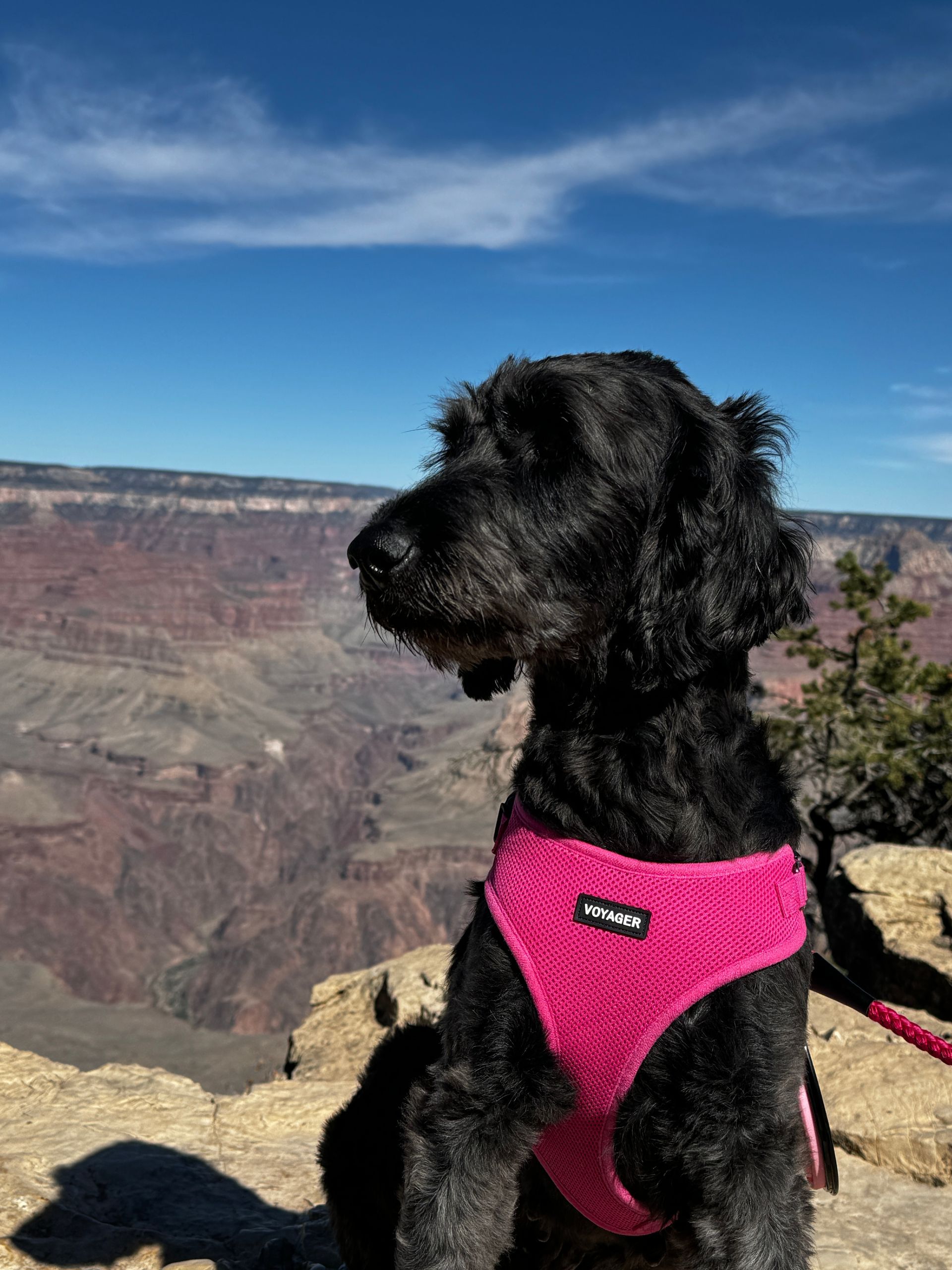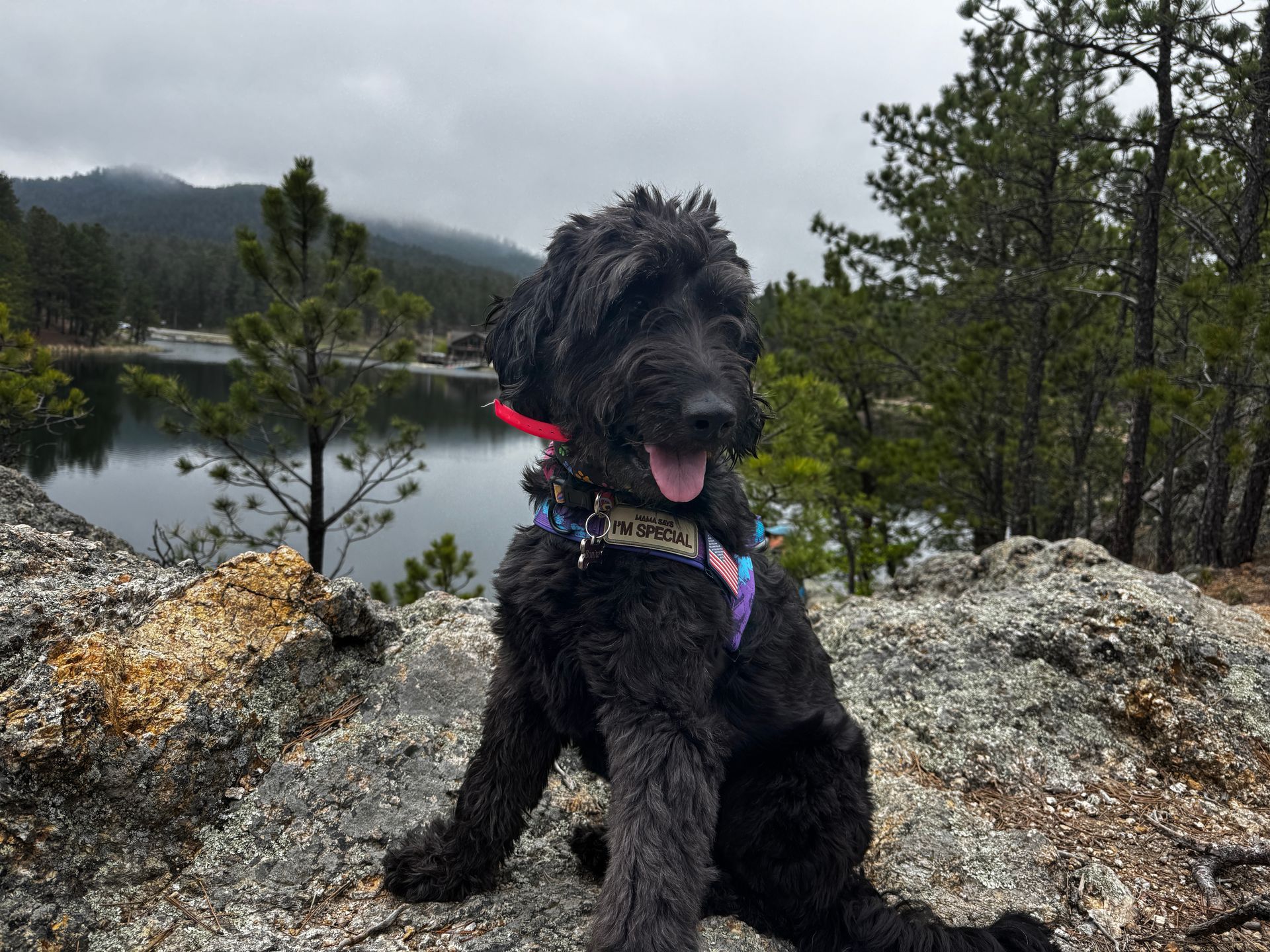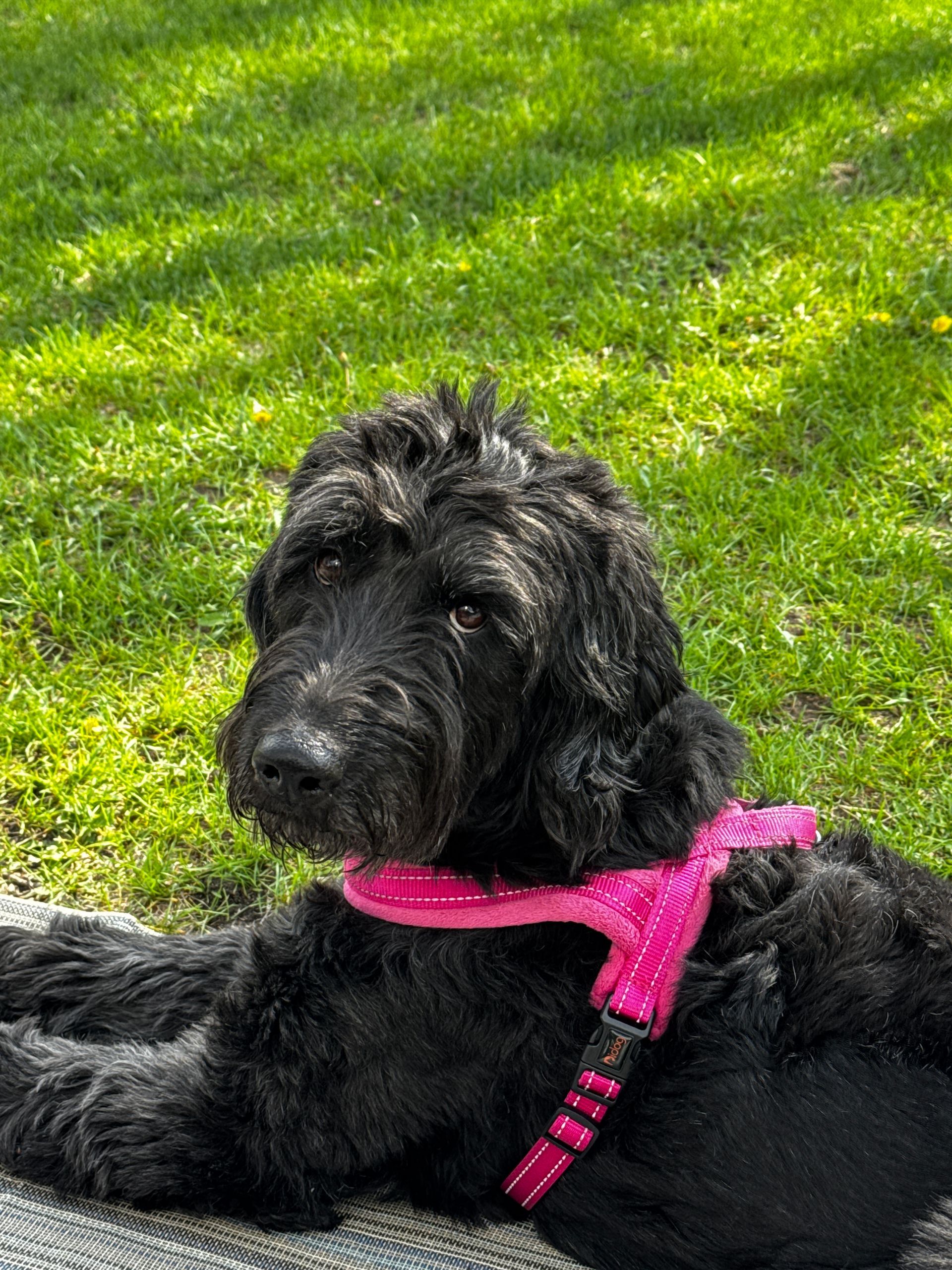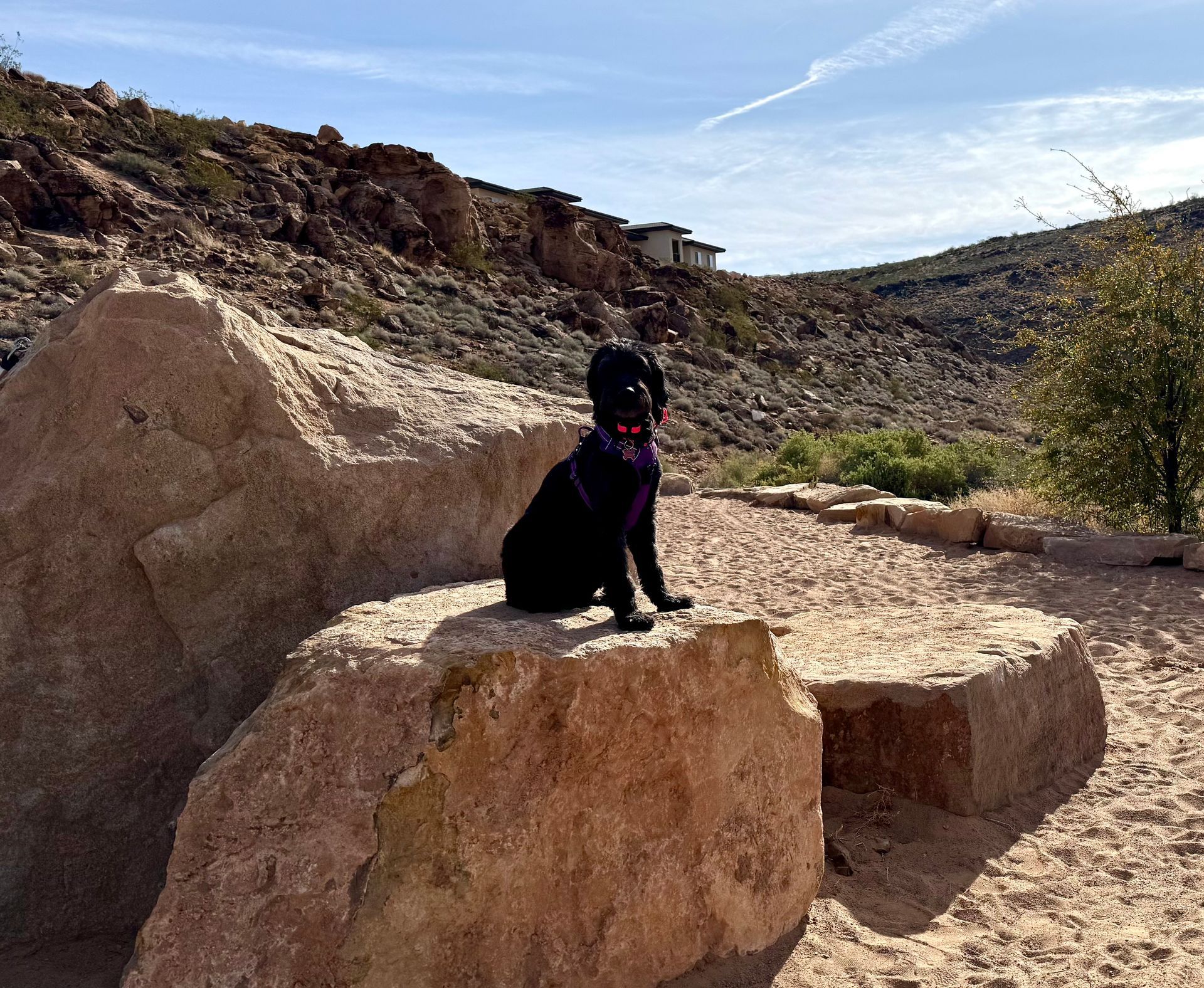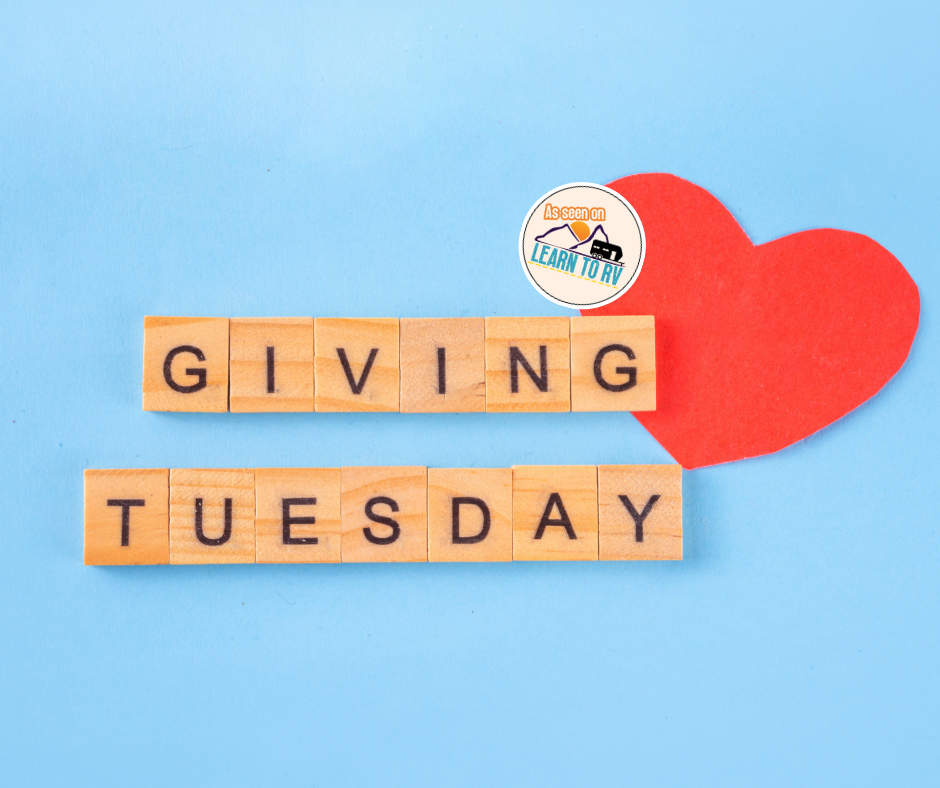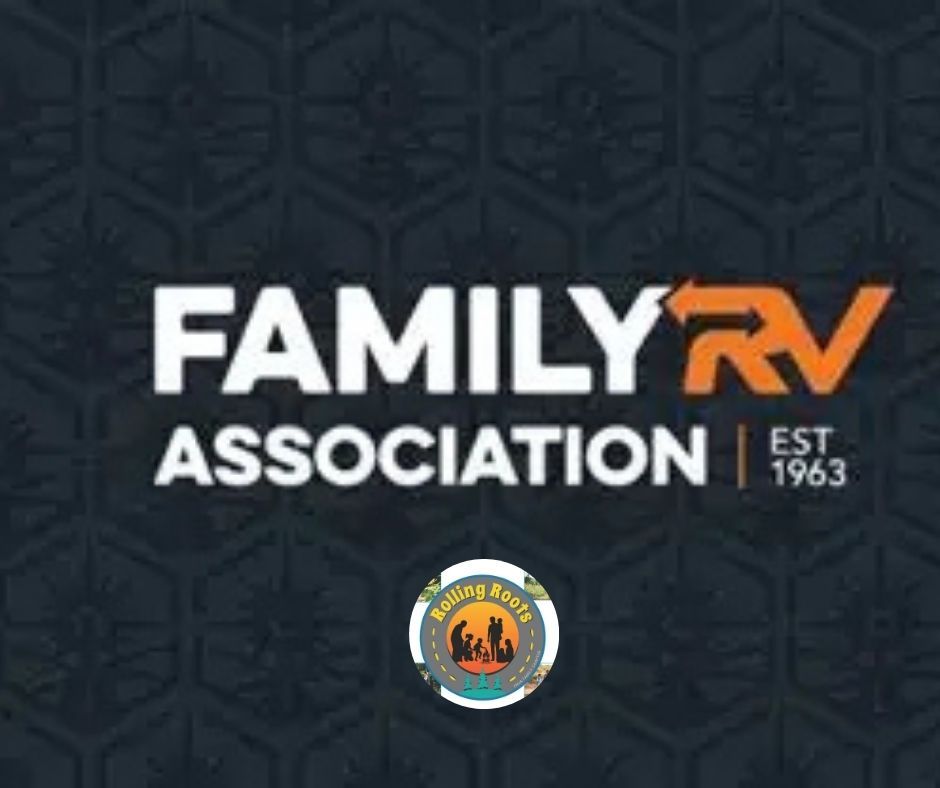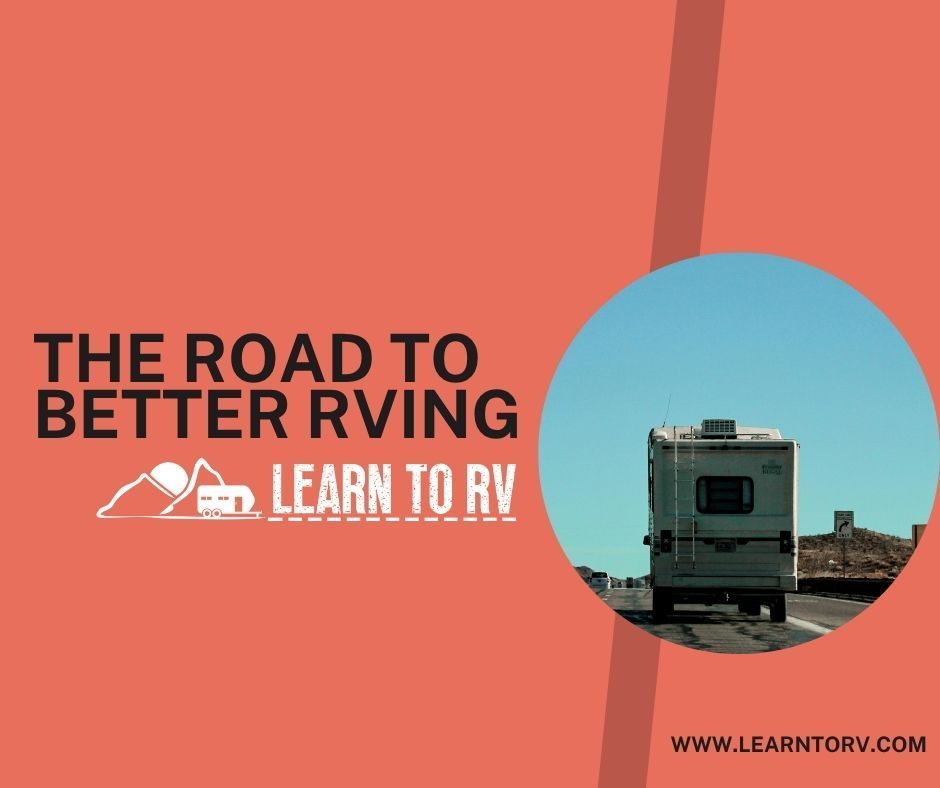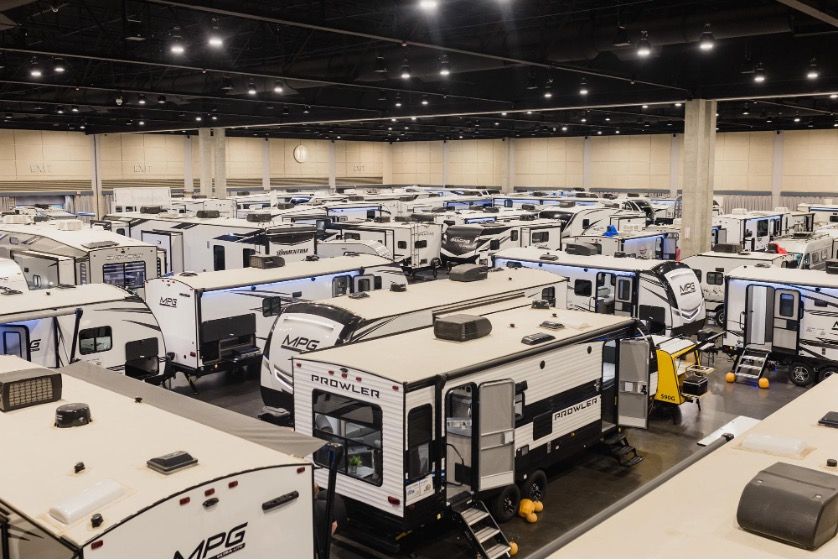From Rescue to Family: One Dog's Journey and Her Battle With Separation Anxiety
Jennifer Aggio • June 4, 2025
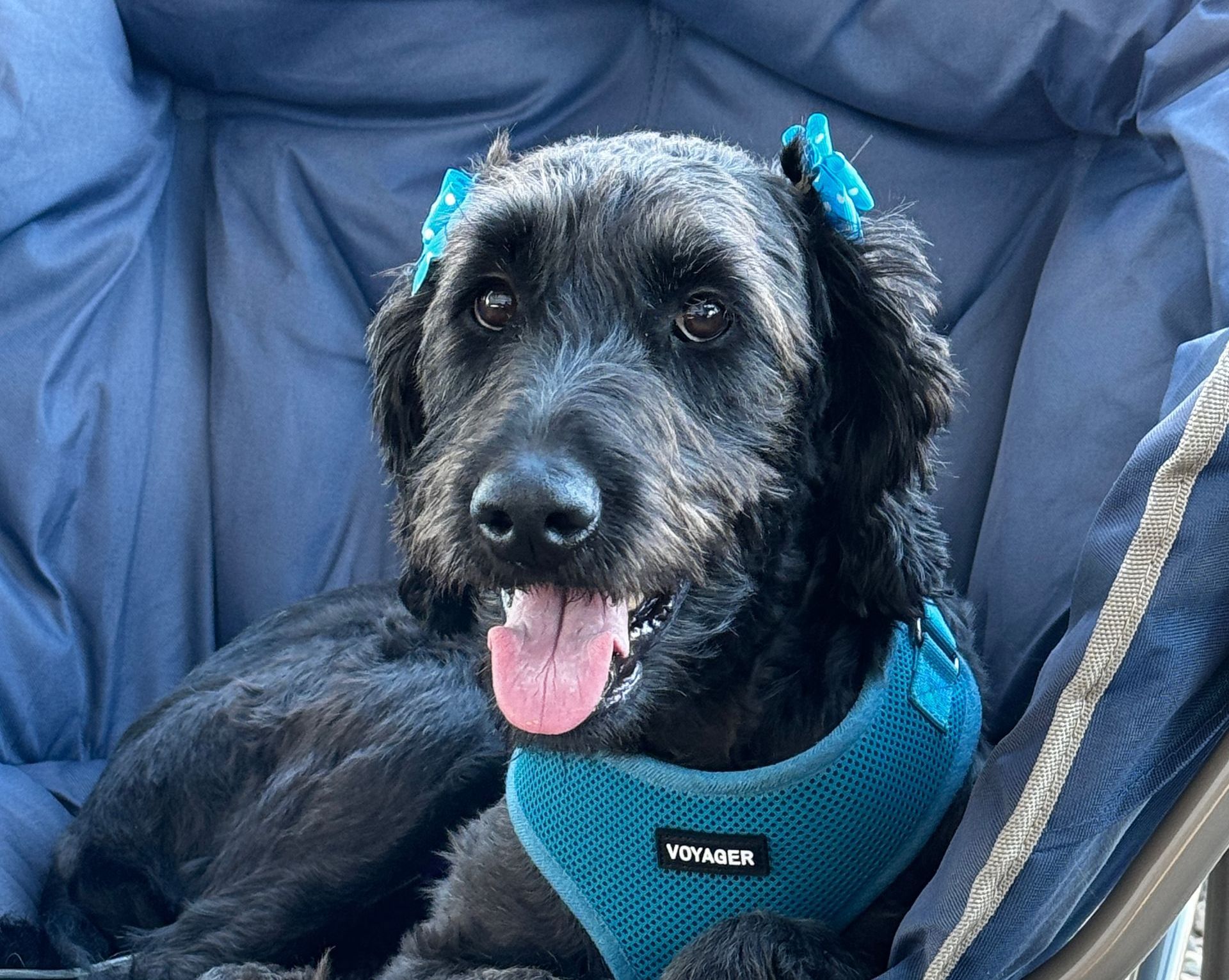
In October, we brought home a new family member. We didn’t know much about her past, only that she had a kind, gentle demeanor and eyes that just begged to be loved. She was everything we never knew we needed, and her name is Bonita.
We had never owned a dog before. Our daughters had been asking for years, but we kept putting it off. Not because we didn’t love animals, but because our lifestyle as full-time travelers didn’t exactly scream “ideal for dog ownership.” We liked the freedom to come and go, especially with the flexibility to visit national parks, many of which aren’t super pet-friendly.
But over time, our travel rhythm changed. We slowed down, stayed in places longer, and began to feel like maybe, just maybe, a dog could fit into our world.
Then we met Bonita at a rescue in Arizona. Love at first sight isn’t an exaggeration. She climbed into our hearts like she’d always belonged there.
Getting to Know Bonita
Bonita quickly showed us how sweet and loving she was. Her temperament was calm and affectionate. We were cautious not to leave her alone during those first few weeks, partly because we were all a little smitten and partly to ease her into the transition gently. With such a gentle spirit, we didn’t think leaving her would ever be a problem.
Turns out... it was.
The First Time We Left Her Alone
It was a quick errand inside the campground, twenty minutes tops. We left her in the RV thinking she’d rest or nap. Instead, she barked. And barked. And barked.
We had hardly heard her bark before that day, and the intensity of it caught us off guard. Clearly, she wasn’t comfortable being alone. No big deal, we thought, we’ll get her a cozy crate, set the mood with calming music, dim the lights, maybe even diffuse some dog-safe essential oils.
The Great Crate Escape(s)
Attempt #1 was a soft-sided, easy-fold crate. We assumed it would be fine for such a docile dog. We were wrong. The zipper broke. Maybe she leaned on it? We gave her the benefit of the doubt.
Attempt #2 was a “better” soft-sided crate. Higher quality, better reviews. She broke out in under 10 minutes.
Okay, clearly she had some skills.
Attempt #3: a solid metal crate. This time we eased her into it with crate training while we were home. We were committed to making it her safe place.
Then one day I left briefly while the rest of the family was at the pool. I came back and... she had destroyed the metal crate.
At that point, it was clear we were dealing with something much deeper than general discomfort. Bonita had severe separation anxiety.
Understanding Her Anxiety
Once we stopped viewing it as a behavioral issue and started seeing it for what it was - true anxiety - the pieces came together. She had experienced so much change in a short period: losing her original home, moving to a foster family, then joining us. It’s no wonder she was terrified of losing another family.
But of course, reasoning with a dog isn’t exactly an option.
We needed help.
Investing in Support
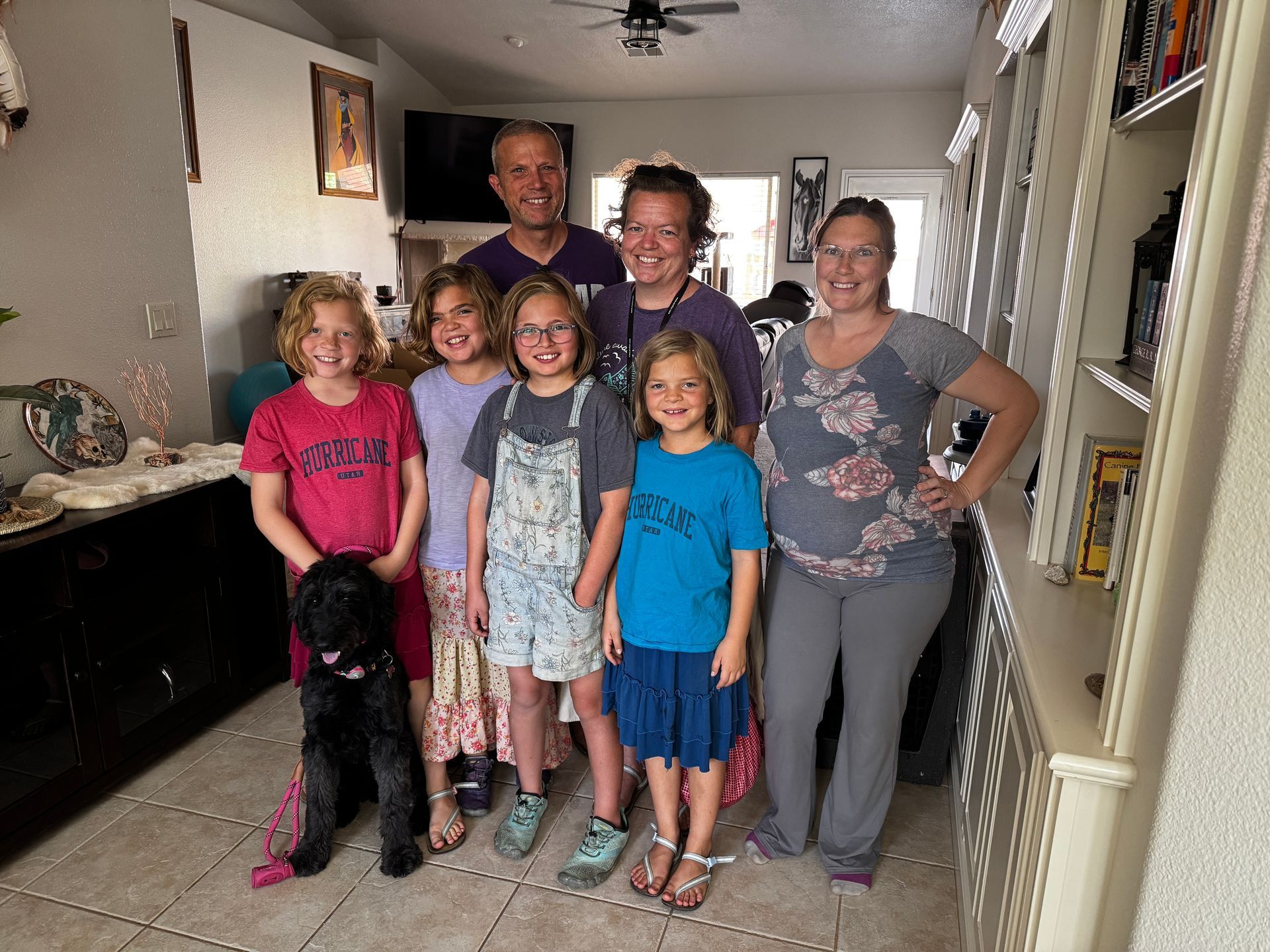
At the time, we were staying in St. George, Utah, for a couple of months, so it was the perfect opportunity to work with a professional. That’s when we found Heather Bruley of The Project K9.
Heather wasn’t just a dog trainer—she became a source of support for us, too.
- She helped us understand Bonita’s behavior, not just manage it.
- She gave us practical tips and realistic expectations.
- She offered us patience, guidance, and encouragement when we felt overwhelmed.
Her training methods included structured routines, desensitization, daycare stays, and even overnight support. We were finally seeing progress.
What Worked for Us
Here are a few of the biggest game-changers in Bonita’s journey:
✅ Investing in a Ruffland Kennel – This crate is escape-proof, and more importantly, it’s safe. Bonita couldn’t destroy it, and we focused on making it her “den” by having her spend time there often - relaxing, napping, or just hanging out.
✅ Building Positive Associations – For weeks, the kennel became her place to be when she wasn’t eating, walking, or playing. It wasn’t punishment, it was comfort.
✅ Using a Pet Camera – This allowed us to watch her in real time while we were gone, helping us spot patterns and triggers.
✅ Sticking to a Routine – Once we started our summer camphosting gig, we noticed a turning point. The daily consistency of being left alone for short stretches helped build her tolerance and trust that we would always come back.
✅ Dealing With Door Knocks – As camp hosts, people knock. A lot. Bonita doesn’t care if we’re home. But if someone knocks while we’re gone, she panics. We now hang a sign asking guests not to knock when no one answers, a small step that makes a big difference.
The Journey Continues
It hasn’t been easy. There have been tears, frustration, and moments where we wondered if we could really make this work. But we love her, and she’s worth it.
Bonita didn’t just join our family - she changed it.
She made us slow down. Be more mindful. And ultimately, she reminded us that love often shows up in unexpected, four-legged packages.
Other blogs you might like...
